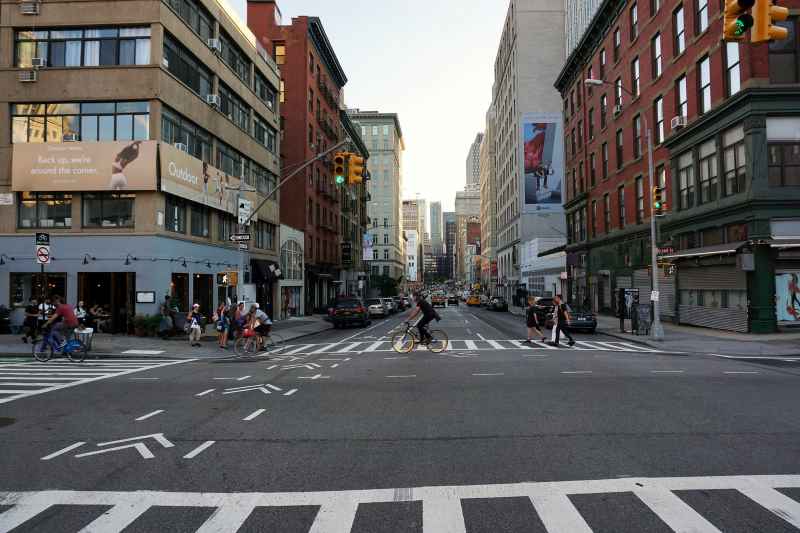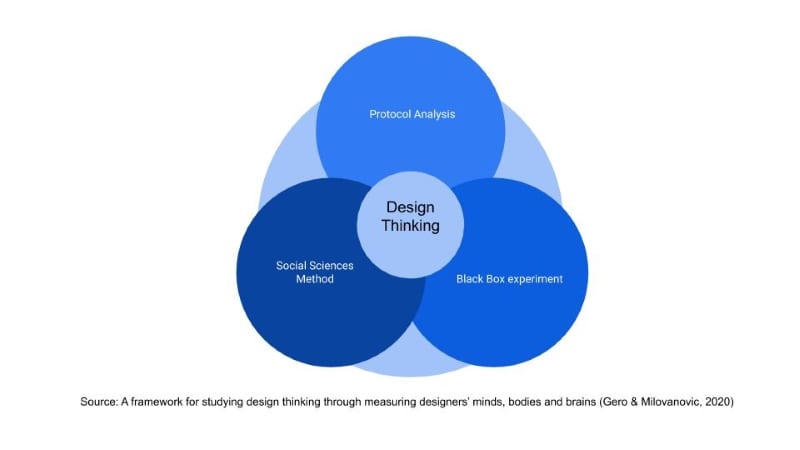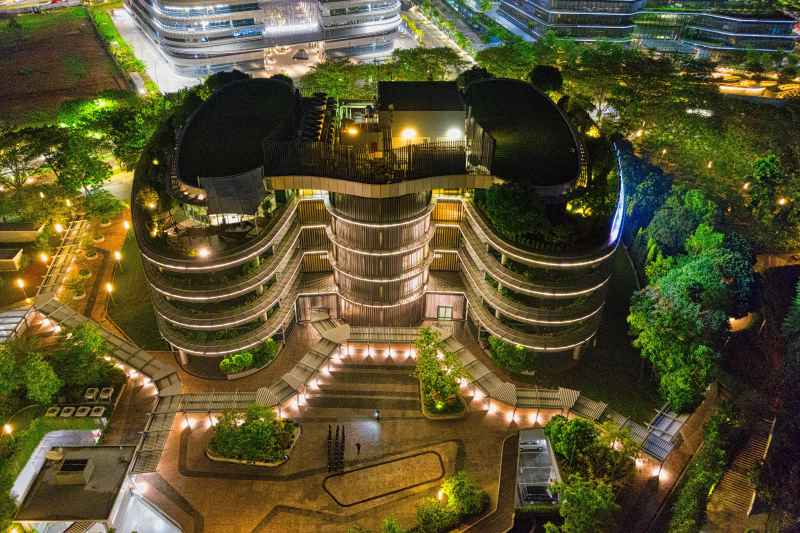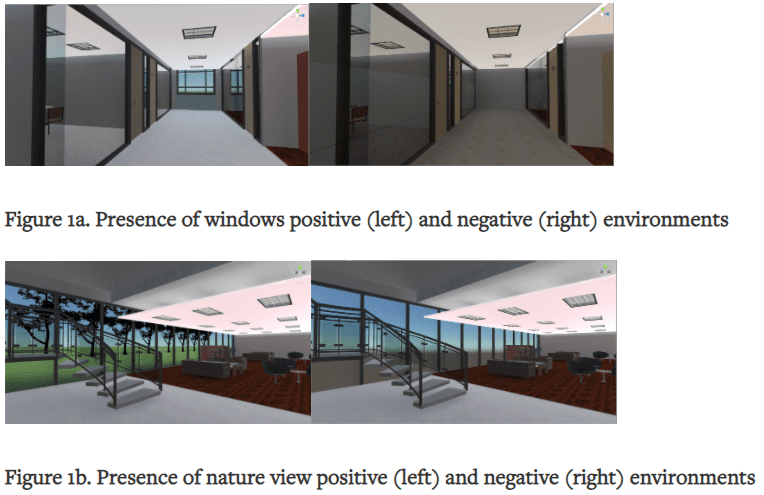There is something immediate and emotional about good design. Living and working in a place where design is intentional and done with the users in mind, has shown positive, psychological benefits. It raises the quality of life for individuals and society at large.
The study of human behavior is considered to be the primary focus of much of the field of “environmental psychology” as more studies try to address how humans and their environment interact with each other [1].
This interaction is better understood with the help of neuroscience, as further investigation of how the brain interprets and analyzes the space can give you data on a user’s experience.
These insights can give architects and designers clues to improve their designs; to evoke certain emotions and sensations, as well as how to encourage a certain behavior when interacting with the design. Below are some scientific publications that are expanding on the field of environmental psychology, neuroscience, and human behavior.
- Using Eye-Tracking to Understand Human Responses to Design
- Planning for the cities of tomorrow
- A framework for studying design through the designer’s process
- Why Architecture Matters
Using Eye-Tracking to Understand Human Responses to Design
A recent study used Eye-tracking to learn whether students in New York respond to traditional neighborhood designs through both pre-attentive and post-attentive processing or unconscious and conscious attention. The preferences of traditional city layout show more emotional responses and attention than the nontraditional neighborhood designs.

Some interesting observations came to light with this research.
- People tend to ignore blank facades
- People are drawn to other people and also images with people in it
- Fixations drive exploration- meaning our subconscious influences our attention then impacts our conscious behavior
With evidence-based research [2], it confirmed that the best neighborhood designs are what catch people’s attention, draw crowds, and invite interaction with that environment. Elements of what they fixated on can then be reverse-engineered by Architects to change and encourage specific behavior. Such as placing a square with more benches, murals to grab attention, and crowd traffic to encourage curiosity for those just passing by.
Planning for the cities of tomorrow
As the population in large metropolitan areas around the globe continues to grow, city planners and architects need to take into account how these environments should be integrated into an ever-changing landscape of old and new. More importantly, how it affects the inhabitants of the new space. The focus on the psychological effects of greenscapes, parks, and building design all has become key design features in urban spaces to ensure a high quality of life, sustainability, and positive emotions.
A recent publication [3] combined expertise from landscape architects, urban designers, and neuroscience to research and analyze the eye-tracked patterns of inhabitants. The eye patterns showed that classic design principles such as horizontal-vertical rhythms and variety, active ground floor, and tactile material, all played a significant role in people’s appreciation of streetscapes. In contrast, the absence of these design principles leads to scattered ‘searching’ eye movement patterns. These unconscious reactions to streetscape reinforce the need for coherent design even in high-rise environments.
A framework for studying design through the designer’s process
A recent publication into the cognitive process of design, proposes a new framework for understanding how the design process starts, from the designer.
The study combines three paradigmatic approaches into a framework consisting of design cognition, design physiology, and design neurocognition.
- Design Cognition: is explored through protocol analysis, black-box experiments or surveys, and interviews.
- Design Physiology: is measured with eye-tracking, electrodermal activity (EDA), heart rate, and emotion tracking (facial expression analysis).
- Design Neurocognition: is measured using EEG, fNIRS and fMRI.

A summary of the measurements with the different methodologies is reviewed in the paper and can give researchers a new perspective in understanding the human cognition process in designing. This can give insight into brain-cognition interfaces, AI, machine learning, and innovative tools to aid in the designing process. Ultimately, replicating a type of creative process to make architecture more responsive, more captivating, and more emotional, leading to a memorable experience with the environment.

Why Architecture Matters
Design in computer-generated environments such a VR and AR are seeing an upsurge as this medium has gained popularity. Applications have grown into diverse areas of research; from gaming, exposure therapy, store & product testing as well as training and simulations. This is also the case when studying designed environments in VR, where the researchers have more control over the environment and are able to measure biosignals during the respondent’s experience.
A recent study [4] has tried to develop a new framework to bring an understanding of architecture and neuroscience interactions in designed facilities and quantification of the impact of design on the human experience. The authors first built two virtual environments (i.e., restorative and non-restorative) using the architectural design features related to human restorativeness identified by previous research efforts.
They compared multiple design variables with the use of windows and light to understand how humans react to such spaces. The participants were asked to conduct navigational tasks while their bodily responses were recorded by body area sensors (e.g., EEG, GSR, and Eye-tracking). The result showed that human responses in restorative and non-restorative environments had statistically significant differences.

Source: Zhengbo Zou, Semiha Ergan (2019) [4]
The table below shows the different effects of the design with the immediate human response.
- Presence of windows
- Presence of natural light
- Presence of natural light
- Presence of nature view
- 1a) Presence of windows increase the speed of recovery from stress and attention fatigue.
- 2a) Small windows prevent occupants from restoring from fatigue.
- 3a) Natural light helps relax and ease the occupants’ stress level.
- 4a) Nature view induces refreshing and restorative feelings.
The future of Architecture
With a growing world population and the boom of the middle class in societies, the need for housing and city developments are soon to follow. It is important that though design and architecture has an aesthetic appeal, the examples above show that it is more than just looks. It affects mood, behavior, and overall quality of life. A systematic review was done to establish if the current body of research has shown evidence linking the built environment to altered emotional states [5]. The evidence base of this is growing but transparency, replicability, and the need to understand neurophysiological levels opens the door to understanding if we can support mental health and wellbeing through environmental exposure.
Check out: 5 Ways Neuroarchitecture Shows Us How We React to Buildings
Architecture combined with neuroscience and behavioral sciences can only be enhanced with human behavior research. Working across disciplines allows for a better understanding of the characteristics of design and how it can affect human behavior and emotions.
References
- Journal of Environmental Psychology
- Justin B. Hollander, Ann Sussman, Alex Purdy Levering & Cara Foster-Karim (2020) Using Eye-Tracking to Understand Human Responses to Traditional Neighborhood Designs, Planning Practice & Research, 35:5, 485-509, DOI: 10.1080/02697459.2020.1768332
- Gideon Spanjar & Frank Suurenbroek (2020) Eye-Tracking the City: Matching the Design of Streetscapes in High-Rise Environments with Users’ Visual Experiences.Journal of Digital Landscape Architecture, 5-2020, pp. 374-385. © Wichmann Verlag, VDE VERLAG GMBH ꞏ
- Zhengbo Zou, Semiha Ergan (2019) A Framework towards Quantifying Human Restorativeness in Virtual Built Environments
- Isabella Bower, Richard Tucker & Peter Enticott (2019). Impact of built environment design on emotion measured via neurophysiological correlates and subjective indicators: A systematic review. Journal of Environmental Psychology 66. DOI: 10.1016/j.jenvp.2019.101344










